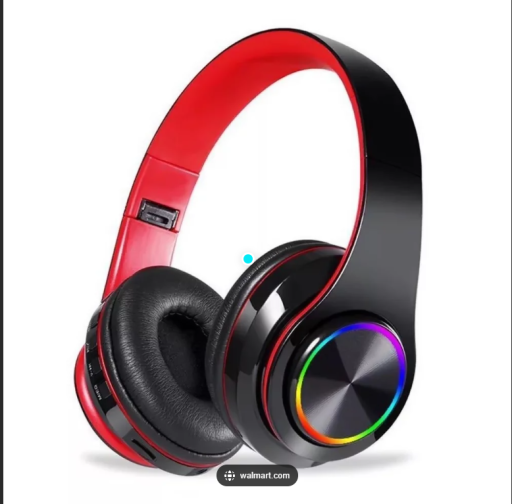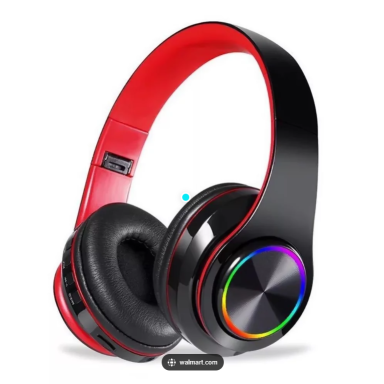
About HEAD PHONE BLEED
Today's topic is about headphone bleeding and how headphone bleeding can affect the recordings of the vocals and the overall mix.
Sometimes the artist that is singing requires a loud headphone but this can be very problematic as you will hear in the recording because sometime if you need to boost a frequency around where the headphone bleed most likely to reside whenever you boost that frequency then you will amplify more of the headphone bleed and because of the face shift that will occur this could cancel out some of the vocals and you will not have the best sounding vocals with the best clarity.
Headphone bleeds usually reside around 1 kilohertz to about 5 khz
Solutions
After getting the recording levels, setting compression on the vocals and the EQ, you should have the Artist put on the headphones without singing and do a recording.
On the playback of the recording, you should monitor how loud the headphone bleed is and make the necessary adjustment to minimize the headphone bleed without sacrificing the performance of the artist or musician that is using a headphone.
One other thing that you could do is to put a graphic equalizer or some kind of a equalizer preferably a graphic equalizer and roll off the bleed frequency as I previously described to a minimal.
If you have a LED VU meter which is more sensitive than a analog VU meter then what you can do is to also monitor the view meter with the artist not singing until you see the signal of the VU is showing a reduction in levels.
By having minimal headphone bleeds this will improve the overall quality of the vocals and the mix because bleed can be a recording worst enemy however, when I'm recording drums I developed a control bleed technique that can improve the overall sounding of the drums.









